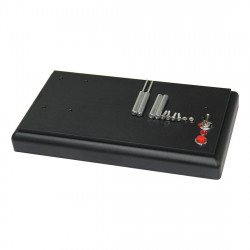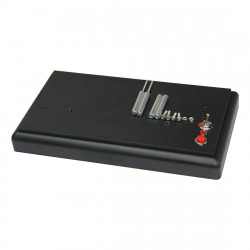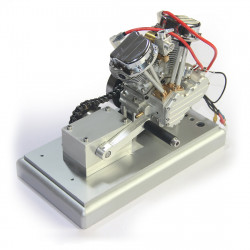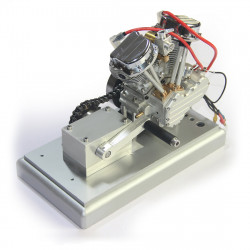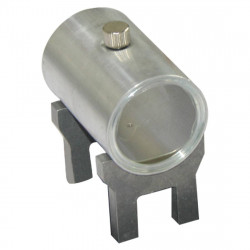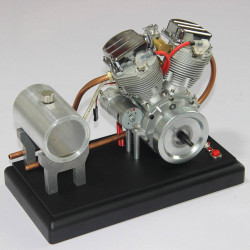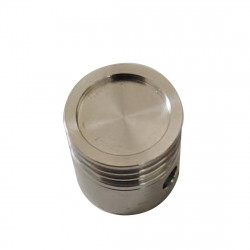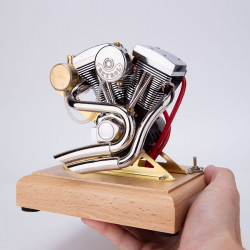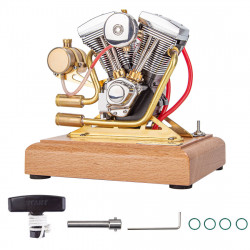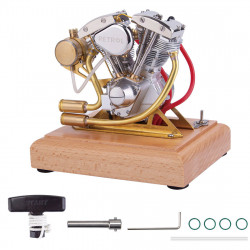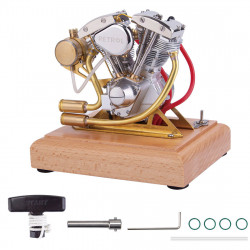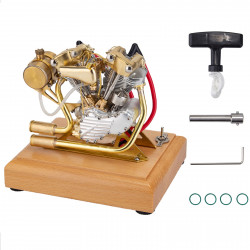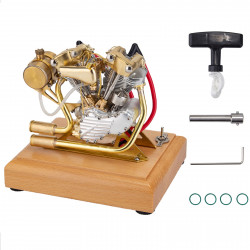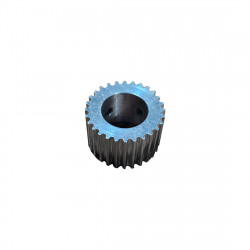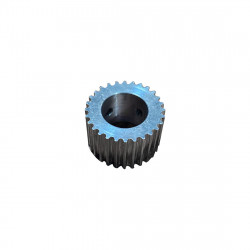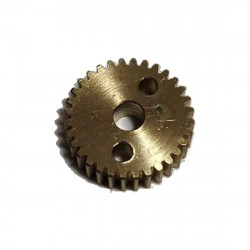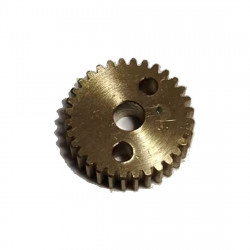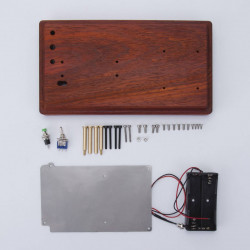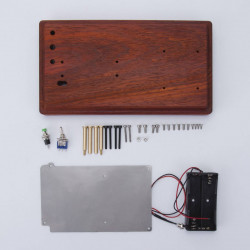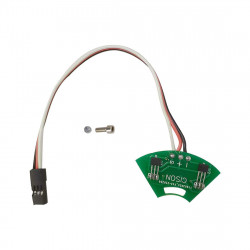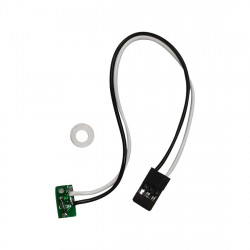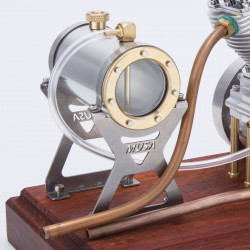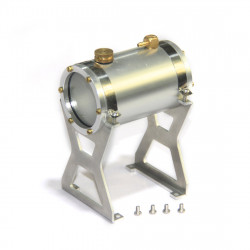A two-cylinder internal combustion engine installed longitudinally or laterally is known as a V-twin or V2 engine. The engines are positioned in a V-shape with angles that are greater than 0 degrees but less than 180 degrees. An L-twin engine is a twin-engine with an angle of 90 degrees formed by the cylinders at times.
The CISON FG-VT9 Panhead Engine is small enough to fit in your hand. Just take a chance.
Advantages of V2 engine :
1. Good balance: The car's engine is balanced by two cylinders, which lowers weight and increases efficiency.
2. Excellent Air Cooling: The V-twin engine has an excellent cooling effect since the hot air from the four cylinders is immediately discharged into the other cylinder. Both liquid-cooled and air-cooled engines function flawlessly.
3. Lightweight: The V-type engine is lightweight and compact compared to other engines.
4. Power/size ratio: Because of the V-twin's excellent power/size ratio, 8.4% of large displacement motorcycles, cruisers, and touring bikes are equipped with one. The vehicle is more effortlessly balanced when the two cylinders are angled at a 90- or 180-degree angle.
The small V-type engine has many uses. It is commonly found in motorcycles, small tractors, generators, and other small vehicles. This is due to its compact size.
6. Legroom: Compared to other bikes in its class, the low-mounted V-twin offers better handling and more legroom.
7. Various versions: V-twin engines come in various versions, including transverse, OHV, OHC, air-cooled, and liquid-cooled.
8. Enhanced speed: V-twin engines have two sizable pistons rotating in opposing directions simultaneously. Because of this, they can spin at their maximum speed, generating higher peak torque and horsepower than inline engines with four pistons of a similar size.
9. Torque: The V-twin engine offers more torque at the same or lower rpm, making it competitive. The power output of the V-engine is comparatively linear. High torque makes it simple to acquire engine power
10. Special: The V-twin engine stacks the cylinders front to back or maintains the transverse cranks, which helps keep the motors side by side. The engine is distinct and simple to maintain.
Disadvantages of V2 Engine:
1. Minimal vibration: In a V-twin, one cylinder is angled vertically and the other horizontally to maintain the bike's balance and lessen unneeded vibration, a major issue with all V-twins.
2. Unbalanced Cylinders: The engine will become unbalanced and cause some vibration in the vehicle if the cylinder angles are less than 90 degrees and not correctly aligned.
3. Low horsepower: The vehicle's V-twin engine produces a lot of torque but little horsepower overall. A V-twin engine's intake speed usually results in higher peak horsepower.
4. Poor fuel economy: Because there are two engine cylinders, more gasoline is used; budget extra for petrol.
5. Low horsepower: Compared to other V-engines, V-twins produce less power.
6. Rough: Although some street bikes have excellent engines, many V-twins deliver rough power.
7. The V-twin engine's noisy valve train is caused by a significant friction loss in the system, which lowers piston speed. Piston issues might also impact the ring reliability of a motorcycle.
8. Distinctive Sound: The motorcycle makes unusual noises when the two V-twin cylinders' ignitions are switched.
9. irregular firing: The second cylinder's crankshaft fires at 270 degrees, resulting in irregular intervals caused by the 90-degree arrangement. Limited airflow to the back cylinders: The V2 engine's design causes an uneven distribution of airflow, which causes cooling issues in the back cylinders.
